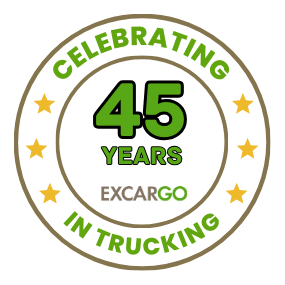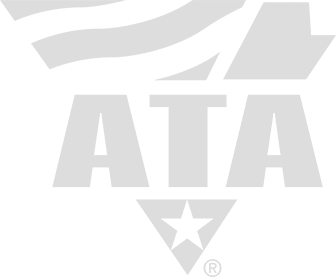How Customers Can Stop the Threat to Container Efficiency
2019 is off to a worrisome start for the dray community. But it’s not the usual suspects.
- No, it’s not the driver shortage fomented by inflated pay from the oil fields, horrendous congestion, and increasing driver scrutiny.
- No, it’s not the long lines at the ports and rail yards caused by Mega vessels.
- No, it’ not bad chassis eroding our Compliance, Safety, and Accountability (CSA) scores.
Pending Problem
What you say, there is more?
It’s the street turns. A street turn is also known as reuse and triangulation or reload. This is when a drayman asks and is granted permission to apply an import empty to an export booking.
Street turns rarely occur at the same location. Hundreds of miles may lie between the empty container and the eventual reload location. Plus, often the container needs to be stored on the draymans’ property, for which it has expended substantial capital to operate, secure, and man.
The motivation for the street turn is to protect a customer’s booking without having to lose time going back to the port to interchange the container. Most likely, if the container is returned to the terminal, it will not be allowed to come back out with the inbound motor carrier. The driver will have to wait in line for an empty with the other dray trucks. Depending on contracts with the port, a huge exporter’s demand may reduce the drayman’s priority and cause it to wait even longer placing everyone but the largest importers at a disadvantage.
The major steamship lines: Hyundai, Zim, Seaboard and Maersk have implemented a fee for Street turns. This policy makes it cost prohibitive for drivers to pick up an empty container at one location and take it to another location, get it loaded, and then send it at another.
To avoid the fee, draymen have to take the empty container to the port, drop it off, and then wait in line to pick up an empty container.
This policy hurts everyone in the supply chain. It
- reduces the number of moves a driver can perform (making drivers less efficient and the shortage even more acute)
- adds mileage for each pick up and drop off
- increases wear and tear on the trucks and chassis
- creates more emissions which contribute to pollution and greenhouse gases
This policy may improve the steam lines bottom line in the short term. But, by adding millions of additional miles and introducing unnecessary wait times, it can only hurt everyone in the industry, including themselves, in the long term.
Plus, this comes after we collaborated with IANA to create the Street Turn Interchange (SIT). All of that is about to be undone, effective next week. These street turns have been a clear financial win for the entire supply chain and the environment. (Read more here,)
Logistics and Supply Chain Management 101
Charging a fee acts as penalty against logistics and supply management best practices.
The industry doesn’t have enough drivers with an average of 1500 loads per truck.
By introducing additional, unproductive moves, we decrease capacity and savings on interchange fees at terminals for steamship lines. Making street turns cost prohibitive introduces 20 to 200 moves per drayman per day, and contributes to air pollution, lines, and traffic.
Is this the best use of our chassis inventory? Is this the best we can do for our customers? We at Excargo don’t think so.
How You Can Help
As customers with direct relationships with the steam lines, we ask you to negotiate with steamship lines to stop this practice. Please interject your refusal to support this initiative or pay for street turns. The dray community is unable to absorb these costs and will have to pass them onto everyone in the supply chain.
Let’s work together to encourage collaboration and efficiency sharing and let’s be the best industry we can be.

Stay Connected with Us!
Corporate Address
2080 Genoa Red Bluff Rd, Houston, TX 77034
Warehouse Facility
4300 Malone Dr, STE 100, Pasadena, TX 77507
Yard Facility
9888 Wallisville Rd, Houston, TX 77013







